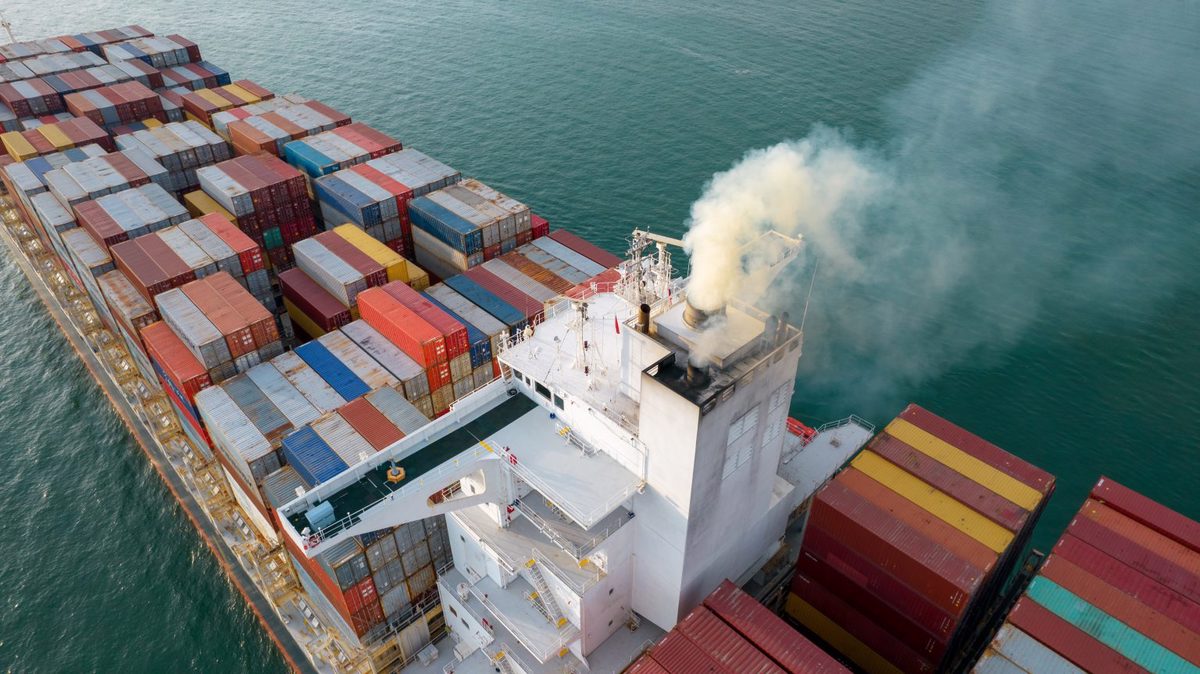LR greenlights new concept for onboard CCS
A carbon capture and storage (CCS) system conceptualised by Greek tech firm ERMA FIRST has received approval from classification society Lloyd's Register (LR).
 PHOTO: The exhaust of a ship emitting smoke. Getty Images
PHOTO: The exhaust of a ship emitting smoke. Getty Images
The system combines carbon dioxide (CO2) captured from a vessel’s exhaust gases with an amine-based solvent. The captured CO2 is then released from the solvent by heating to cause a chemical reaction that reverses the CO2 absorption.
Amines are nitrogen-containing organic compounds that help in absorption and regeneration of CO2.
The released CO2 gas is then liquefied and stored cryogenically on the vessel while the solvent is ready to be reused in another process.
CCS technology offers a "real and credible” way to reduce carbon emissions from the shipping sector in the near future, LR’s chief executive, Nick Brown asserts.
Growing interest in onboard carbon capture
The shipping industry is promoting carbon capture as a means to reduce the sector's carbon footprint. CO2 captured from vessels' emissions can be permanently stored deep underground or used to produce marine fuels like e-methanol, with zero-emission potential.
A recent report from DNV highlighted the onboard carbon capture and storage (OCSS) as an option "beyond fuels" to combat maritime emissions.
DNV underscored that OCSS would allow ships to use fossil-based fuels while significantly reducing emissions. This would ease the burden of producing green and blue fuels, like e-methanol or blue ammonia, to meet shipping demand.
Several shipping companies are exploring the use of CCS technology onboard vessels.
London-based Carbon Clean and South Korea's Samsung Engineering are exploring the possibility of installing modular carbon capture systems on existing ships. Meanwhile, Spanish engineering firm, Sener is looking to integrate OCCS into the design of LNG-powered newbuilds.
By Konica Bhatt
Please get in touch with comments or additional info to news@engine.online





